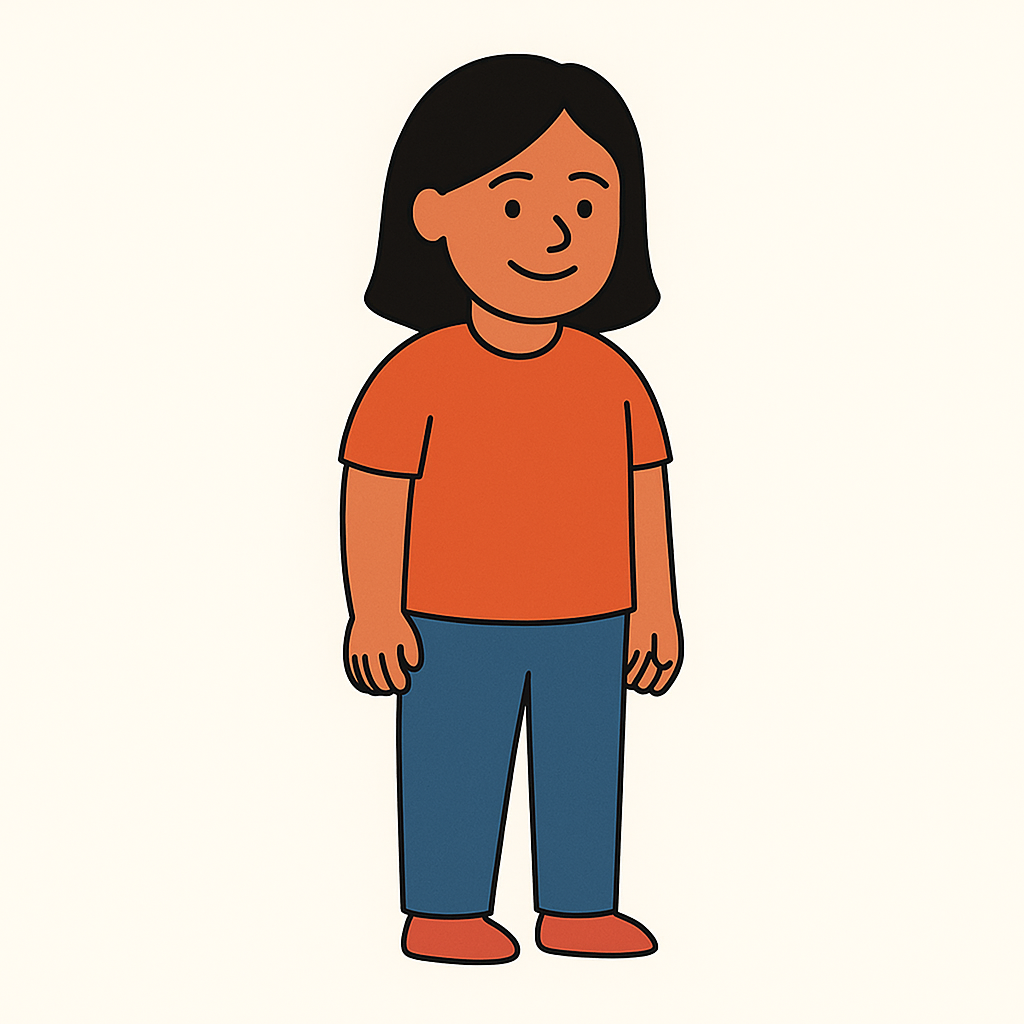Elementary Development Guide
Supporting your child through the elementary years with comprehensive developmental insights and practical guidance for two distinct developmental stages.

Early Elementary
Ages 6-8 years
Learning to Read
Basic Math
School Adjustment

Late Elementary
Ages 9-11 years
Complex Thinking
Peer Relationships
Independence
Elementary Years Overview
Understanding the key characteristics of elementary-aged children
Key Characteristics
- Increased independence and responsibility
- Strong desire to learn and explore
- Development of academic skills
- Growing social awareness
- Concrete thinking patterns
Common Challenges
- Academic pressure and performance anxiety
- Peer relationships and social dynamics
- Balancing independence with guidance
- Screen time and technology management
- Developing self-regulation skills
Developmental Milestones: Early vs Late Elementary
Understanding the significant differences between these two developmental stages
Early Elementary (6-8)
Foundation Building Years
Cognitive Development
- • Learning basic reading skills (phonics, sight words)
- • Simple addition and subtraction
- • Concrete thinking - need hands-on examples
- • Following 2-3 step instructions
- • Beginning to understand time concepts
Social-Emotional
- • Learning to share and take turns
- • Parallel play transitioning to cooperative play
- • Beginning to understand others' feelings
- • Need clear rules and structure
- • Seeking adult approval and guidance
Physical Development
- • Developing fine motor skills for writing
- • Learning to tie shoelaces, button clothes
- • Gross motor skills improving (running, jumping)
- • Need 10-11 hours of sleep
- • Growing 2-3 inches per year
Late Elementary (9-11)
Skill Refinement Years
Cognitive Development
- • Reading fluently with comprehension
- • Multi-step math problems and fractions
- • Beginning abstract thinking
- • Can follow complex, multi-step instructions
- • Understanding cause and effect relationships
Social-Emotional
- • Forming close friendships and "best friends"
- • Understanding social hierarchies and groups
- • Developing empathy and perspective-taking
- • Beginning to question authority appropriately
- • Seeking peer approval alongside adult approval
Physical Development
- • Refined fine motor skills for detailed work
- • Coordinated sports and physical activities
- • Early signs of puberty may begin
- • Need 9-10 hours of sleep
- • Growth spurts becoming more noticeable
Key Developmental Shifts
Social Focus
From adult-centered to peer-influenced relationships
Thinking Style
From concrete to beginning abstract thought
Independence
From guided learning to self-directed exploration
